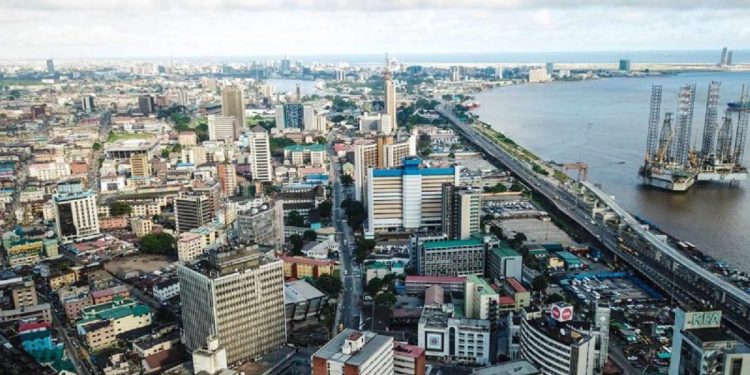Capital importation into Nigeria in the first quarter of 2024 rose significantly by 198.1% year-on-year, reaching USD 3.78 billion, compared to USD 1.13 billion in Q1-2023. The according to the National Bureau of Statistics (NBS) marks the highest level of capital importation since the first quarter of 2020, which saw USD 5.85 billion in inflows.
Key drivers of the increased capital importation reflects several key factors including Implemented FX Reforms and Increased Interventions by the Central Bank of Nigeria (CBN) following the implementation of significant foreign exchange (FX) reforms and increased interventions within the FX market, contributing to a more favorable environment for capital inflows.
Also, attractive fixed income yields have drawn substantial interest from foreign investors seeking lucrative returns. Meanwhile, the clearing of FX backlogs has also played a crucial role in boosting investor confidence and facilitating smoother capital inflows.
Breakdown of Capital Inflows
Foreign Direct Investments (FDI): FDI rose by 150.4% year-on-year, reaching USD 119.18 million in Q1-2024. This substantial increase underscores growing investor confidence in Nigeria’s long-term economic prospects.
Portfolio Investments: Portfolio investments saw a significant surge of 219.7% year-on-year, amounting to USD 2.08 billion. This category includes investments in equities, bonds, and money market instruments, reflecting heightened interest in Nigeria’s financial markets.
Other Investments: Other investments, which include loans, trade credits, and currency deposits, increased by 171.1% year-on-year to USD 1.18 billion.On a quarter-on-quarter basis, capital importation rose by 210.2%, further highlighting the strong rebound in foreign investments.
Outlook for Capital Inflows
Looking ahead, financial experts anticipate that foreign investors will adopt a cautious stance in the near term, closely monitoring the actions of apex authorities in improving FX liquidity and ensuring the sustainability of recent reforms. However, they argue that if local FX liquidity improves, market rates increase, and investors find it easier to repatriate capital, foreign capital inflows are expected to rise over the short-to-medium term.















